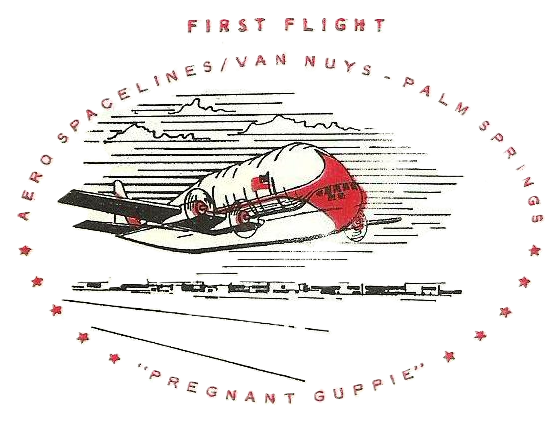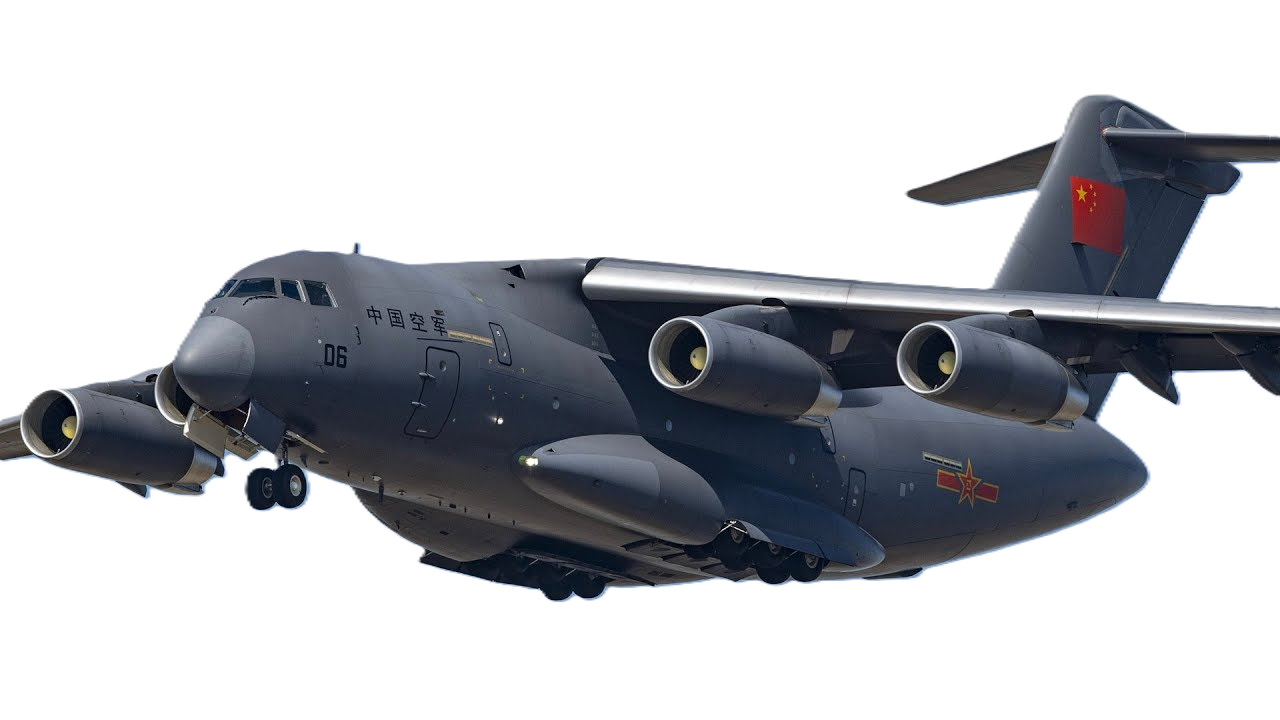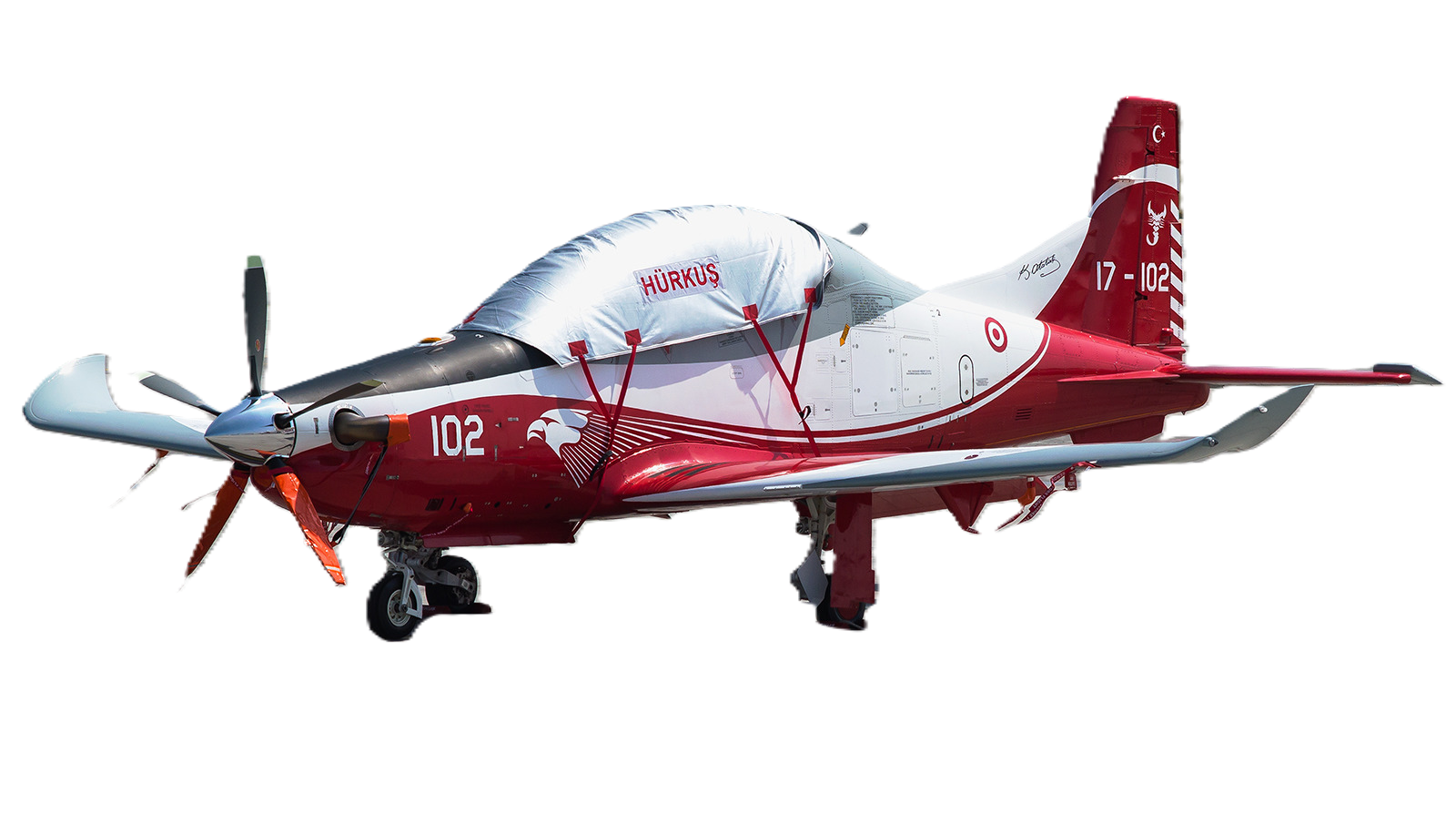Folland Aircraft Limited Folland Gnat Fo.140/144
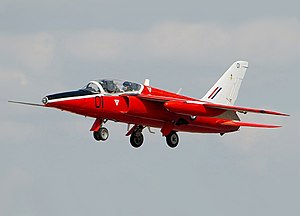 |
|
| A Folland Gnat over RIAT, 2018 | |
| Role | Fighter, light tactical bomber and trainer |
|---|---|
| Manufacturer | Folland Aircraft |
| Designer | W. E. W. Petter |
| First flight | 18 July 1955 |
| Introduction | 1959 (RAF) |
| Retired | 1979 (RAF) |
| Status | Retired |
| Primary users | Royal Air Force Indian Air Force Finnish Air Force |
| Number built | 449 (including HAL Ajeet) |
| Developed from | Folland Midge |
| Variants | HAL Ajeet |
.
History Folland Aircraft Limited Folland Gnat “Sabre Slayers”
Introduction date 1959 (RAF) First flight 18 July 1955

Designed by W. E. W. Petter, the Gnat has its origins in the preceding private venture Folland Midge. The issuing of Operational Requirement OR.303 by the British Air Ministry served to motivate the type's development; the Gnat was later submitted to meet this requirement. Its design allowed for its construction and maintenance tasks to be carried out without specialised tools, making it suitable for use in countries that had not yet become highly industrialised. The Gnat has been viewed as a major motivating factor towards the issuing of the NATO NBMR-1 requirement, which sought to make available a common strike/attack light fighter with which to equip the air forces of the various NATO members.
The Folland Gnat is a British compact swept-wing subsonic fighter aircraft that was developed and produced by Folland Aircraft. Envisioned as an affordable light fighter in contrast to the rising cost and size of typical combat aircraft, it was procured as a trainer aircraft for the Royal Air Force (RAF) as well as by export customers, who used the Gnat in both combat and training capacities.
Variants

- Fo.140 Gnat
- Private-venture prototype fighter, one built.
- Fo.141 Gnat
- Gnat F.1
- Single seat lightweight fighter exported to Finland, India and Yugoslavia, 50 built by Folland at Hamble. This was also built in India under licence as the HAL Gnat.
Read more in Wiki Variants
-
Trainer

Operational Gnat T.1 of No. 4 Flying Training School RAF in 1971 Although RAF interest in the possibilities for using the Gnat as a fighter had waned, Folland identified a potential use for the type as a trainer aircraft. Accordingly, the aircraft was modified to conform with the requirements of Specification T.185D, which had called for an advanced two-seat trainer aircraft that could transition pilots between the current de Havilland Vampire T 11 and operational fighters, such as the supersonic English Electric Lightning.
Photo Gallery
Folland Aircraft Limited Folland Gnat Fo.140/144
Introduction date 1959 (RAF) First flight 18 July 1955


Folland Aircraft Limited Folland Gnat
Introduction date 1959 (RAF) First flight 18 July 1955
General Info 1
-
-
- Crew: 1
- Length: 29 ft 9 in (9.07 m)
- Wingspan: 22 ft 2 in (6.76 m)
- Height: 8 ft 10 in (2.69 m)
- Wing area: 136.6 sq ft (12.69 m2)
-
General Info 2
-
-
- Empty weight: 2,177 kg
- Gross weight: 2,982 kg interceptor
-
-
-
- 8,765 lb (3,976 kg) tactical, with external tanks and armament
-
-
- Max takeoff weight: 4,100 kg
- Powerplant: 1 × Bristol Siddeley BOr.2 Orpheus 701-01 turbojet engine, 4,705 lbf (20.93 kN) thrust
-
General Info 3
- Maximum speed: 604 kn (695 mph, 1,119 km/h) at 20,000 ft (6,100 m)
- Maximum speed: Mach 0.98
- Range: 434.5 nmi (500.0 mi, 804.7 km)
- Endurance: 1 hour 10 minutes (normal)
-
-
-
- 2 hours 15 minutes (max fuel)
-
-
- Service ceiling: (15,000 m) +
Armament
-
-
- Guns: 2x 30mm ADEN cannon with 115 rpg
- Rockets: 12x 3 in (76 mm) rockets
- Bombs: 2x 500 lb (227 kg) bombs
-
First flight 18 July 1955
Links to Youtube & Others
The major operator of the type was 4 Flying Training School at RAF Valley, the first aircraft being delivered in November 1962. In 1964 4 FTS formed the Yellowjacks aerobatic team with all-yellow painted Gnats. The team reformed in 1965 as part of the Central Flying School as the Red Arrows which operated the Gnat until 1979 as the RAF aerobatic demonstration team.On 14 May 1965 the last Royal Air Force Gnat T.1 to be built was delivered to the Red Arrows.
Folland Aircraft Limited Folland “Sabre Slayers”
Although RAF interest in the possibilities for using the Gnat as a fighter had waned, Folland identified a potential use as a trainer aircraft
Youtube Link
On 31 August 1959, the prototype Gnat Trainer conducted its maiden flight from Chilbolton airfield, Hampshire









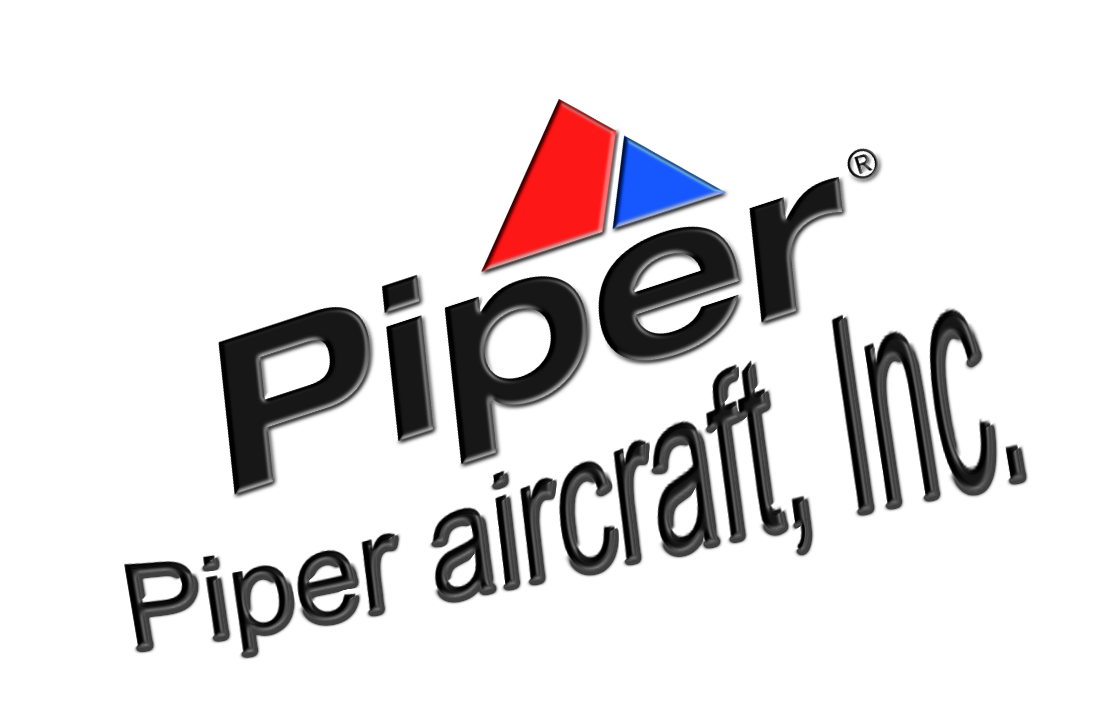
.png)
